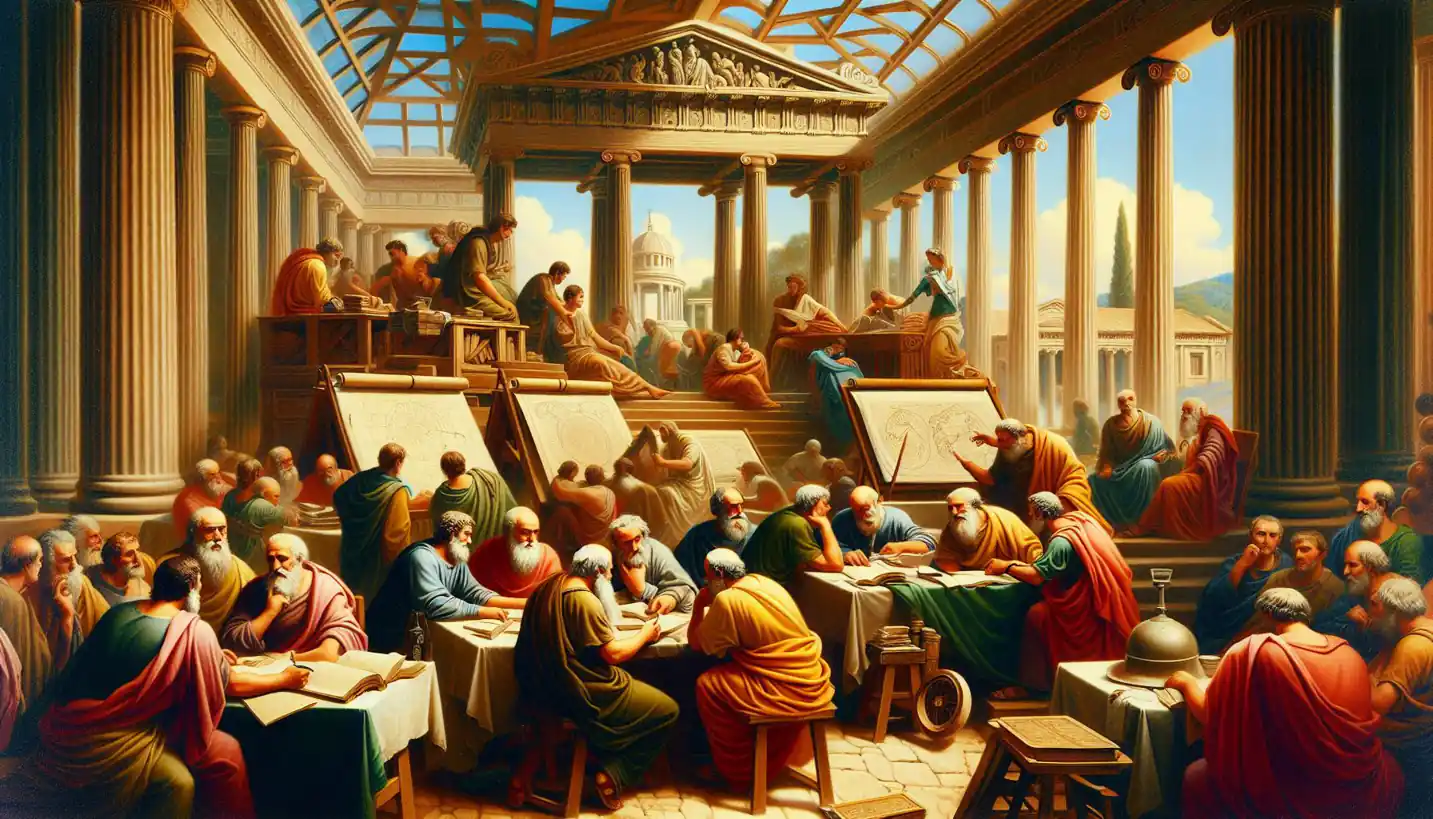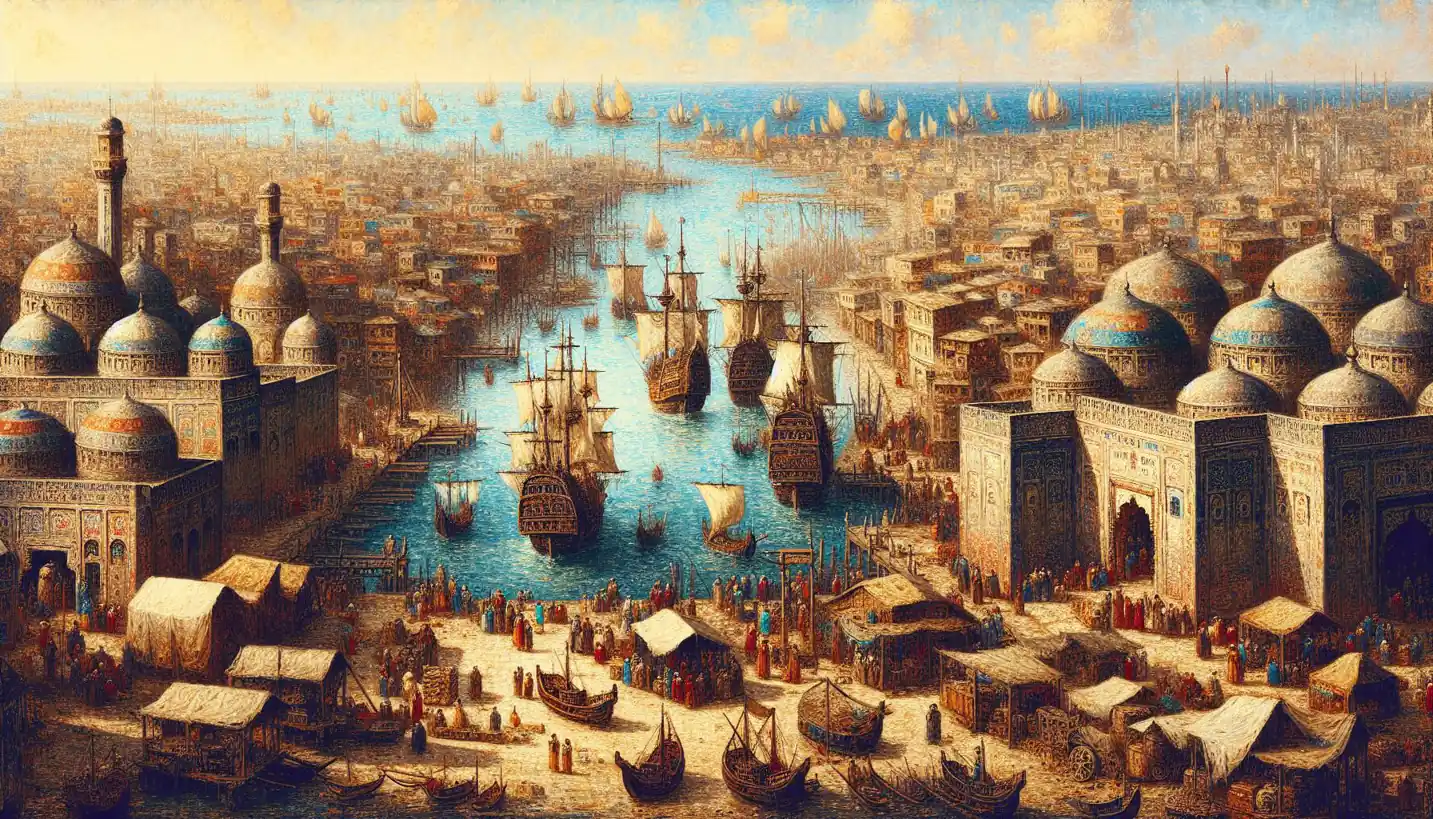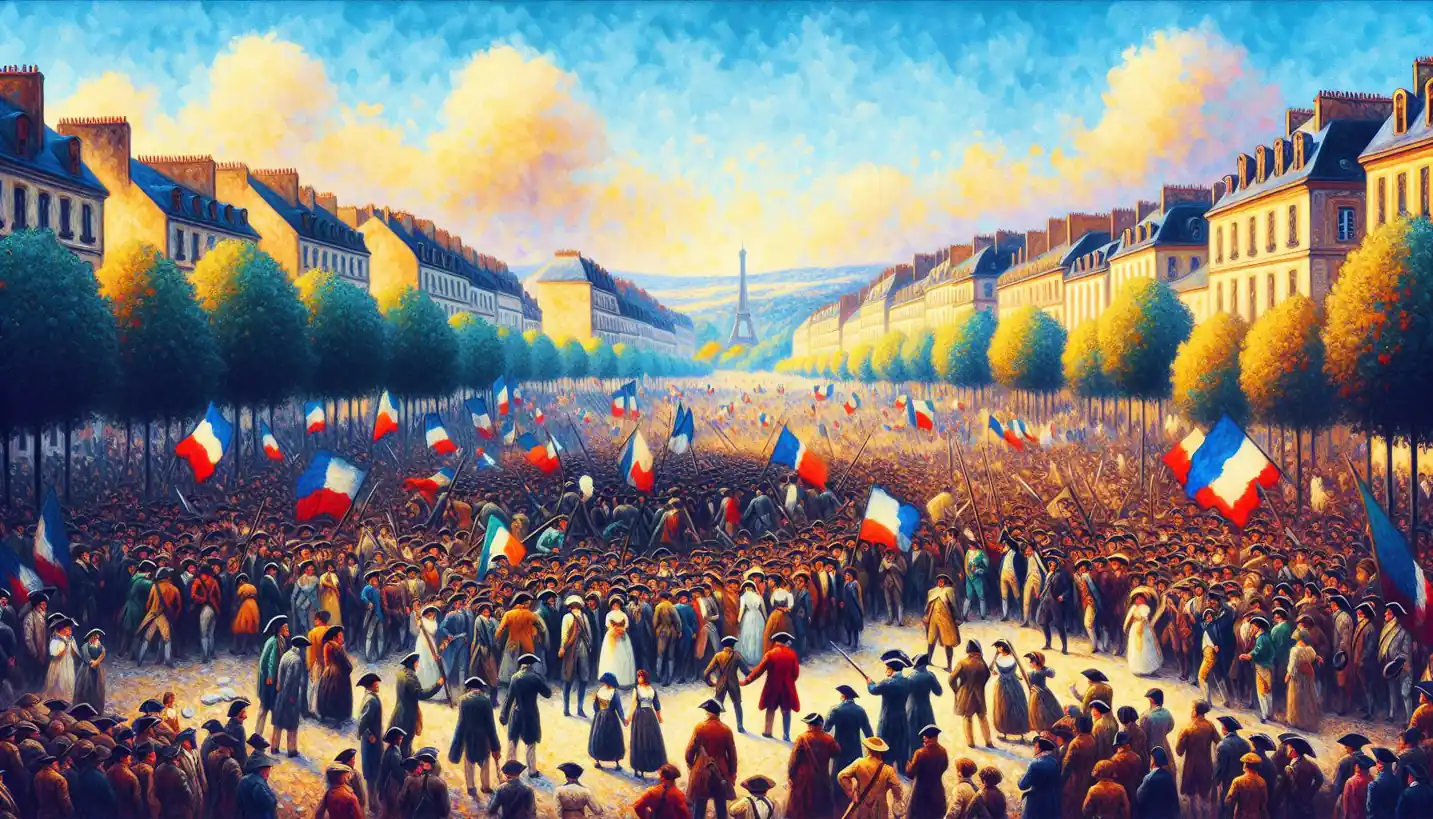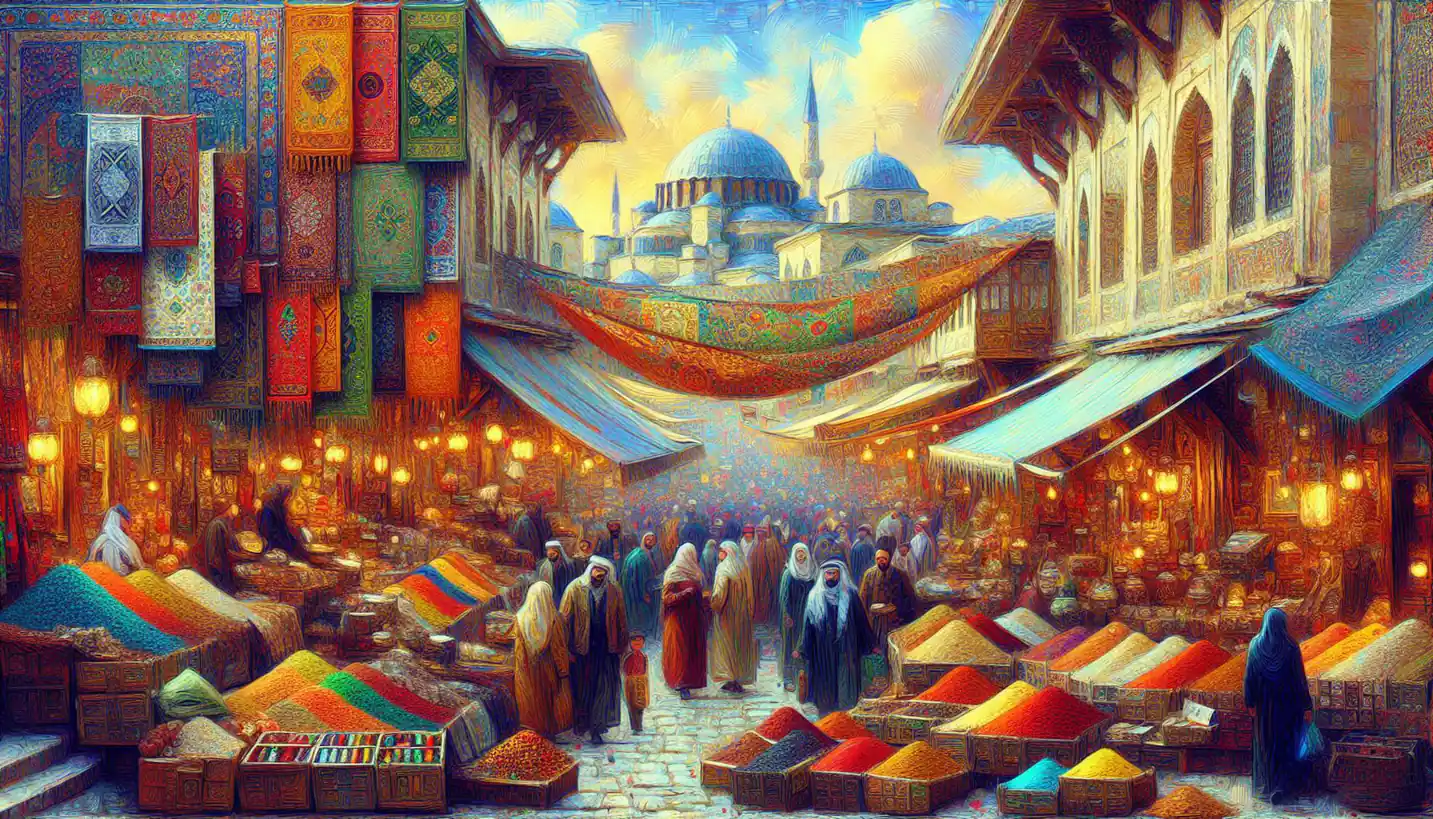· History · 4 min read
Maritime Silk Road: Navigating the Seas in Ancient History
The Maritime Silk Road formed vital trade links between the East and West, fostering cultural exchanges. Uncover the ancient routes that connected distant civilizations across the seas.

The Maritime Silk Road isn’t just an ancient route but a fascinating tapestry of oceanic adventures, trade, and cultural exchanges that has shaped the modern world. This isn’t just a story about ships moving from one port to another; it’s about how oceans became vast highways of human interaction and economic development.
The story of the Maritime Silk Road starts back in ancient times when traders, explorers, and empires began looking beyond their horizons to connect distant lands. Just like today, people were curious about what lay beyond their borders. So, they set sail across treacherous waters, braving the unknown, to bring goods and ideas to and from far-off places.
The Birth of Sea Routes
Imagine you’re a merchant in ancient China or the Middle East, eyeing the rich spices, textiles, and gems your neighbors have. The problem is, they’re on the other side of the world, and there are no planes or trains to get you there. So, you take to the sea.
The Maritime Silk Road served as a conduit for goods traveling between the East and West. It wasn’t just a single road but a network of trade routes that crisscrossed the seas. Starting from ports in China like Guangzhou, ships sailed to Southeast Asia, India, the Arabian Peninsula, East Africa, and beyond. This maritime network functioned much like a web, connecting the globe in ways that were both practical and symbolic.
The Goods and People Behind the Trade
These sea routes were bustling with ships loaded with silk, spices, tea, precious metals, and artworks. The exchanges weren’t limited to physical goods. People aboard these vessels carried knowledge and cultural practices, creating a melting pot of ideas and traditions.
Consider the spices like cinnamon and cardamom – small but mighty, they were high-demand commodities. In many respects, they were the ancient world’s equivalent of gold. The trade in such resources sparked economic prosperity and cultural interactions among diverse civilizations.
Navigating the Challenges
Traveling these waters was no Sunday sail. Mariners faced unpredictable weather, pirates lurking on the high seas, and the ever-present threat of shipwrecks. Navigation primarily depended on the stars, wind patterns, and rudimentary maps. The mariners were brave adventurers, similar to astronauts exploring unknown frontiers, except instead of the vastness of space, they faced the endless ocean.
The challenge of navigating these waters also drove technological advancements. Innovations like the compass and more sophisticated ship designs were directly linked to the need for safer and more efficient sea travel.
The Cultural Tapestry
Imagine the rich cultural tapestry woven through these interactions. It’s like a dance between civilizations – the sharing of music, art, religion, and architecture. Trade wasn’t just about goods; it was about a cross-pollination of cultures.
When Indian, Arab, African, and Chinese cultures met at different ports, they left an indelible mark on one another. For instance, Buddhism traveled from India to China and Southeast Asia via these maritime routes, leaving a lasting spiritual and cultural legacy.
The Impact and Legacy
The Maritime Silk Road’s influence still resonates today. It laid the groundwork for globalization, long before the term was ever coined. The ingredients in your kitchen, the textiles you wear, or the art that decorates your home could very well have an ancient lineage tracing back to these sea-bound pathways.
Modern initiatives like China’s Belt and Road Initiative echo the historical significance of these routes, aiming to reconnect the world in dynamic ways through trade and infrastructure. The Maritime Silk Road is a reminder of how deeply interconnected our world has always been.
Looking to the Future
Reflecting on this historical marvel stirs curiosity about what’s next. How will future trade routes be shaped by technology and environmental challenges? What new cultural exchanges await, and how can we learn from the past to create a more connected and sustainable future?
Studying the Maritime Silk Road is like peering into history’s kaleidoscope – a mesmerizing blend of adventure, innovation, and humanity. It’s a testament to human curiosity and the endless quest for connection. So, next time you sip your morning tea, take a moment to ponder its journey across those ancient watery highways, linking worlds long ago and today.



